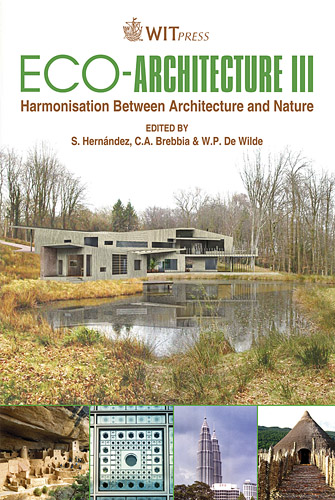Passive Design Strategies For Residential Buildings In A Hot Dry Climate In Nigeria
Price
Free (open access)
Transaction
Volume
128
Pages
11
Page Range
61 - 71
Published
2010
Size
402 kb
Paper DOI
10.2495/ARC100061
Copyright
WIT Press
Author(s)
O. K. Akande
Abstract
The hot dry climatic zone of Nigeria is characterized by a period of high temperature and low relative humidity between February and May. Between these months, the daily mean maximum indoor temperature of most buildings is about 37ºC with low indoor air velocity. A study of residential buildings in Bauchi state, Nigeria shows that most occupants of the buildings have persistent and growing problems with the indoor environment due to high indoor temperature. Most buildings are characterized by poor design in relation to the climate, which requires a great deal of energy for cooling during climatic extremes. Other problems are poor natural ventilation, inadequate surface– volume ratio and poor building orientation. This has led to negative consequence that affect the occupant’s physiological comfort, capacity for mental and physical work, health and leisure. This paper identifies passive design strategies that can be adopted in this climatic region to minimize the use of energy for cooling, improve occupant’s comfort and enhance low energy architecture. The objective is to reduce overdependence on electricity demand and energy use in residential buildings. The result of the study shows that adopting certain passive design strategies through appropriate selection of building materials, proper building orientation, adequate natural ventilation and application of some design elements can provide natural cooling and reduce the energy used for cooling in the buildings. The paper concludes that this will limit the energy demand for cooling and will also result in an adapted architecture to the climatic environment, which will encourage innovation design solutions for building professionals in a hot-dry climate. Keywords: architecture, buildings, climate, cooling, comfort, design, energy, passive, residential, strategies.
Keywords
architecture, buildings, climate, cooling, comfort, design, energy, passive, residential, strategies





